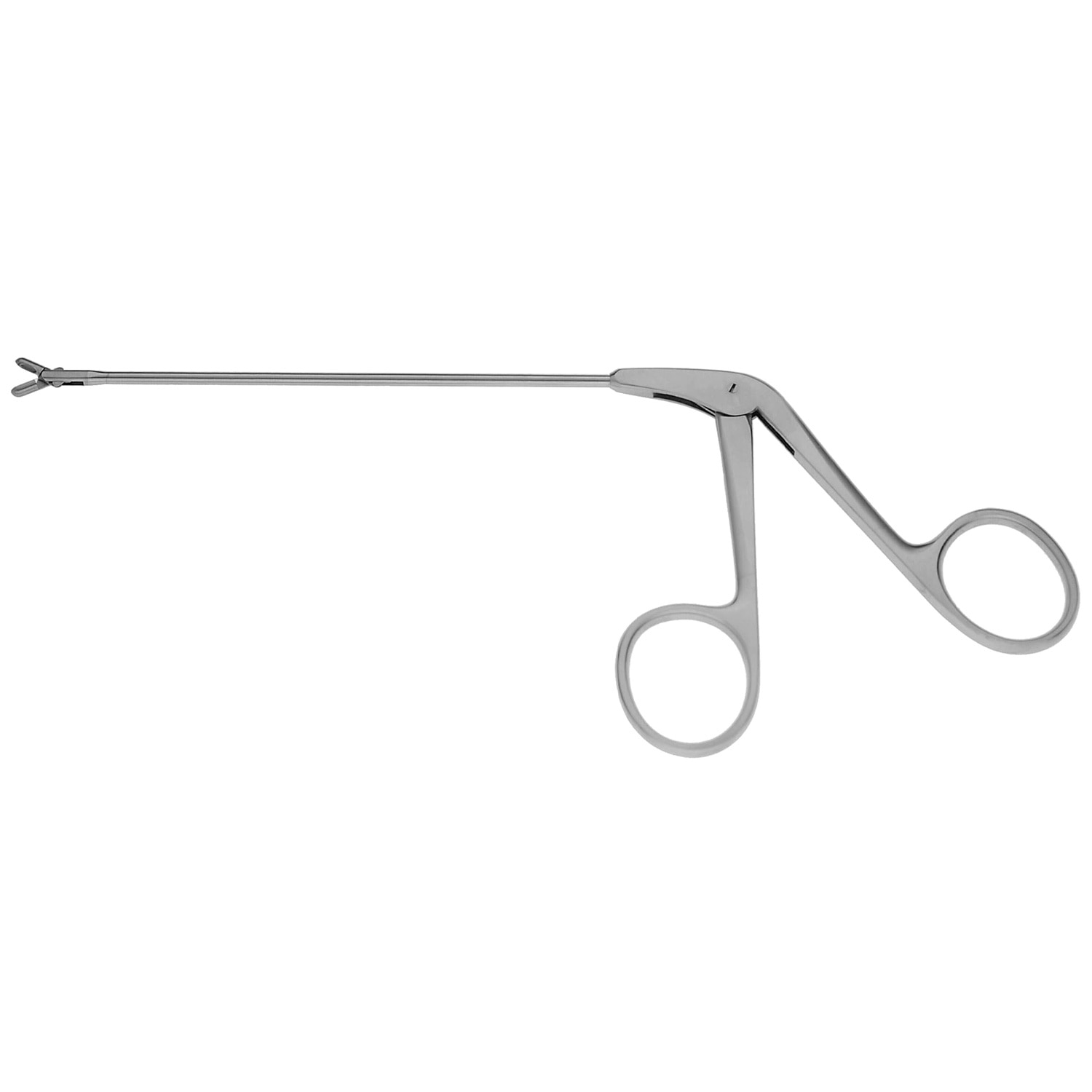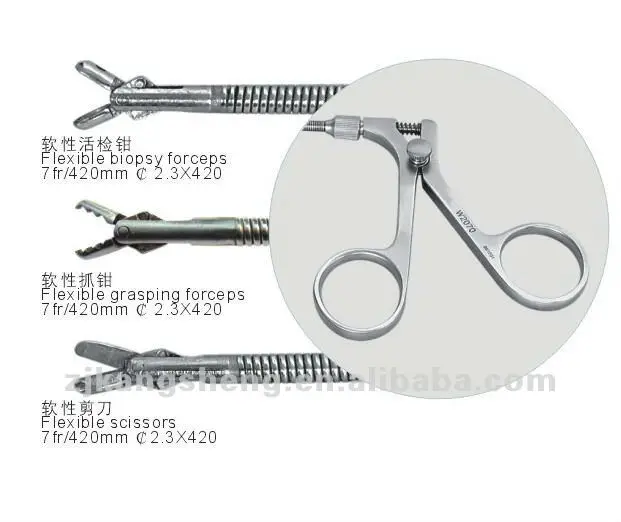

Further testsĮven after a diagnosis is made, further tests are often needed to determine the size and position of the cancer, and whether it has spread (see Staging and grading). Period-like cramps and light bleeding may occur after the D&C and can last for a few days. It is usually done along with a hysteroscopy, and takes a few hours in hospital or at a day procedure clinic under a light general anaesthetic.
Dilation and curettageĪ dilation and curettage (D&C) is the most common and accurate way to biopsy tissue from the lining of the uterus. At the end of the procedure, the doctor will remove some tissue to send to a pathologist for examination under a microscope. Hysteroscopy and biopsyĪ hysteroscopy allows your doctor to see inside your uterus by inserting a telescope-like device called a hysteroscope through the cervix. A narrow plastic tube that removes a small sample of endometrial cells using suction is inserted into the uterus.Īn endometrial biopsy might be done at the same time as a hysteroscopy. Your doctor may do an endometrial biopsy (also known as a pipelle biopsy) to examine the cells of your endometrium. If anything appears unusual, the doctor may suggest you have a biopsy. Using the ultrasound, the doctor can look at the size of your ovaries and uterus and the thickness of the endometrium (the lining of the uterus). A computer creates a picture based on the echoes produced when sound waves meet something dense, such as an organ or tumour. It makes sound waves and receives echoes. A small device called a transducer is put into your vagina. This test uses sound waves to create a picture of internal organs. They will also ask you about your medical history. They may also do a vaginal or cervical examination. Physical examination and medical historyĪ doctor will check your body to look for lumps and other signs of cancer, especially around your belly. This is a doctor who has specialist training in cancer of the female reproductive system. Once endometrial cancer is suspected, you should be referred to a gynaecologic oncologist. You might have some or all the following tests to confirm a diagnosis of endometrial cancer. Family history of endometrial cancer or colorectal cancer.Mismatch repair gene mutations (Lynch syndrome).Selective oestrogen receptor modulators.Menopausal hormone therapy (MHT) (also known as hormone replacement therapy).Intrauterine device (IUD) contraception.For Aboriginal and Torres Strait Islander people.Working with Aboriginal and Torres Strait Islander people.Since it is normal to experience light bleeding after an endometrial biopsy, a nurse will give you a sanitary pad to wear. Your doctor will remove the tenaculum and speculum to end the biopsy procedure. Your doctor will remove the catheter and preserve the tissue sample by putting it in fluid before sealing it and sending it to a laboratory for analysis. You may experience some cramping during this step of the procedure. Your doctor will rotate the end of the catheter while moving it in and out to collect a small sample of endometrial cell tissues. This action causes a suction reaction within the catheter. There is a smaller tube inside the catheter that your doctor will withdraw. Your doctor will insert a thin catheter tube into your uterus. You may feel some cramping during this step of the procedure. Once the biopsy location is identified, your doctor will remove the uterine sound. Your doctor will insert a thin medical instrument (called a “uterine sound”) through your cervical opening to isolate the location in your uterus for the biopsy. It is normal to feel some cramping during the attachment of the forceps.

To keep the cervix steady during the biopsy, your doctor will use a forceps (called a “tenaculum”). An antiseptic solution will be used to clean the cervix and then a medical spray or injection will numb the area. Your doctor will place a medical device (called a “speculum”) into your vagina to open the area wide enough to see your cervix. You will wear a hospital gown and lay on an examination table with your feet placed in stirrups. You need to empty your bladder just before the biopsy. Since the procedure does not require the use of anesthesia, your doctor may give you a sedative 30 minutes before the procedure to lessen any pain, pressure or cramping. However, here’s a general overview of how most endometrial biopsy procedures are done. Your gynecologist should explain exactly what will happen during the procedure before you have the biopsy.


 0 kommentar(er)
0 kommentar(er)
